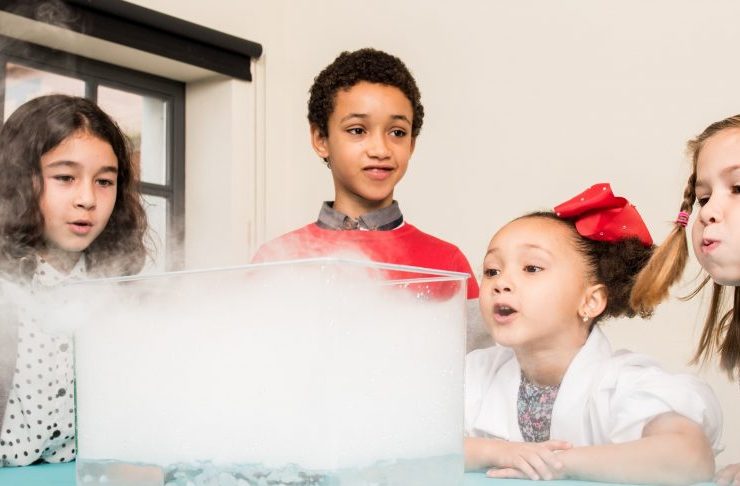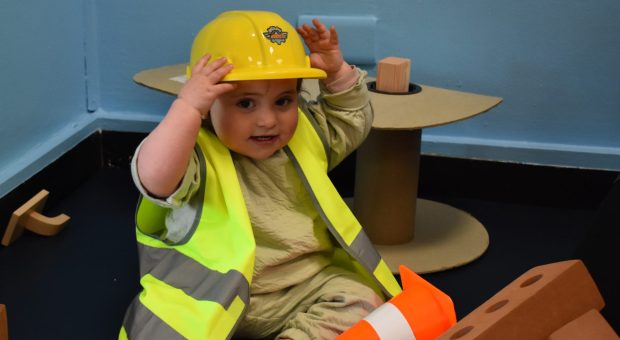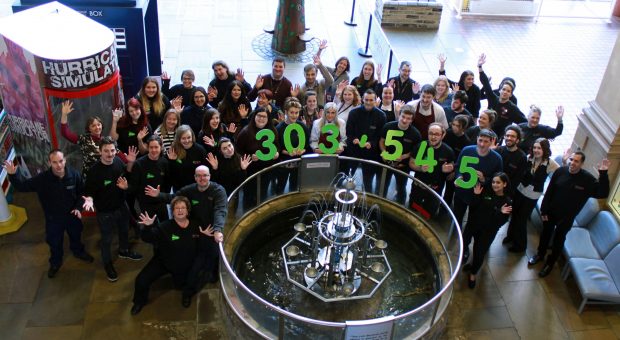Gases are an integral part of our everyday lives in lots of ways that we don’t even realise. We’ll be learning about some of these as part of a new show at Eureka! called ‘The Secret World of Gases’ which families have been able to come along to during British Science Week and will be able to see this Easter during our SteamPunk Science event, but here are a few interesting gassy facts to get you farted – I mean started…
So we all hopefully know this first way that we all use gas – it’s the air we breathe.
But did you know that we don’t even use most of it? The gas that we actually need to stay alive is oxygen which makes up just 21% of the air we breathe. Most of the air is actually nitrogen at 78%, which does pretty much nothing for our bodies apart from accounting for 59% of the average trump, but has lots of other uses.
Using gases in food storage
Nitrogen does nothing at room temperature – it is an unreactive gas – which means it can be used in food packaging as a way of keeping food fresh. By filling the packaging with nitrogen only, any bacteria that would ordinarily spoil the food has nothing to breathe, with the added bonus that it stops food like salad turning brown.
We also use nitrogen in its liquid form by cooling it down. Liquid nitrogen boils at -196 degrees Celsius, making it extremely cold and very useful. It’s so cold that it can freeze things very quickly, forming smaller ice crystals, so it’s a great way to freeze food and makes really smooth ice- cream.
Lightbulb moments
About 1% of air is made up of argon, another unreactive gas used in surprising ways. For example, it’s used in lightbulbs – especially the old style filament bulbs – as any oxygen content would make the bulb filament burn away. It’s also used to fill the space between panes of glass in double glazing as it has about a third lower thermal conductivity than air, so helps keep the heat in your home and the cold outside.
Finally, all the way down at 0.04% of the air we breathe is carbon dioxide. That might not sound like very much but that carbon dioxide has a huge effect on the world around us. Even a tiny increase in this level has a huge impact on our lives. A couple of hundred years ago it was at 0.03% and that small increase has had a dramatic effect on our climate.
Cows are NOT the enemy!
So why has this increased? There are lots of culprits and, contrary to what you may have heard, cow flatulence isn’t one of the main ones. Firstly, it’s actually cow burps that release the most methane and secondly, our habit of burning fossil fuels like petrol and diesel is much more damaging.
There are already efforts to make affordable electric cars to help with this problem, but there’s another gas that has a lot of potential and is actually in use now on a small scale projects. The city of Aberdeen has a fleet of buses powered by the gas hydrogen! Unlike electric cars, they don’t need charging up for a long time as you can fill them up with hydrogen like you would petrol and they produce water instead of carbon dioxide and pollutants. Clever eh?
There are still challenges to overcome before we all start driving around in hydrogen cars, but the future is already here in small ways – in Aberdeen at least.



 By: Michelle Emerson
By: Michelle Emerson
 By: Sophie Ballinger
By: Sophie Ballinger
 By: Jenny Parker
By: Jenny Parker